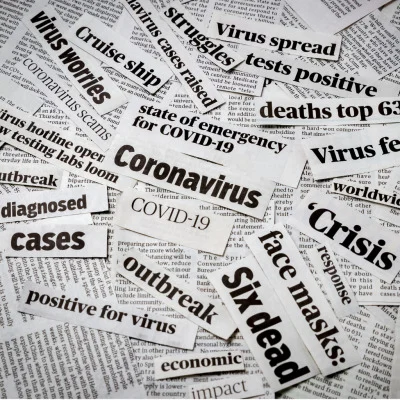With the sources of COVID-19 data abound, none of those sources is itself completely reliable and each has certain strength and weaknesses. A document has been recently devised to guide decision-makers in how they understand and use COVID-19 measurements, such as the number of confirmed COVID-19 cases or deaths.
You might also like:COVID-19 Transmission Among Close Contacts
This guide (a rapid expert consultation) has been released by the U.S. National Academies of Sciences, Engineering, and Medicine Societal Experts Action Network (SEAN). Its aim is to help with estimating how representative the data is, if there are any biases, if the sources are reliable, if there are delays in reporting, and so on.
As such, the authors (National Academies of Sciences, Engineering, and Medicine 2020) suggest leaders focus on five criteria in their assessment of the pandemic data, namely representativeness, potential for systematic under- or over-estimation, uncertainty, time range, and geographical area. They analyse seven COVID-19 measurements, which are common reference points during the decision-making process.
- Number of confirmed cases. While being readily available, this measure very much depends on the testing policies and might underestimate the proportion of infected populations.
- Hospitalisations. This type of data is not always consistent throughout specific periods and reflects only the most severe cases of infection.
- Emergency department visits. It is noted that this measurement is most useful in the early stages of an outbreak, or to assess resurgence, but the time lag between exposure and the visit should be considered here.
- Reported confirmed COVID-19 deaths. Since the infection is prolonged, this metric reflects the situation with the delay of several weeks.
- Excess deaths. In comparison, this is the best indicator of mortality impacts of the pandemic, but there is a risk of death misclassification so the eventual data might contain mixed reports.
- Fraction of viral tests that are positive. Despiteits widespread application, this measurement may tend to be an overestimate. On the other hand, antibody testing utility is not yet clear.
- Representative prevalence surveys. The authors argue that such surveys, while quite resource-intensive, are the most useful tool to understand he levels of infection in any given population (eg, in a workplace, nursing home, etc).
The above points are expanded in a web-based interactive tool.
It is noted that over time, as more data on COVID-19 become available, the estimation on the prevalence of the disease in any given region would be more accurate.
Source: University of Washington, National Academies of Sciences, Engineering and Medicine
Image credit: JJ Gouin via iStock










